Nexus 7 vs Nexus 9 vs Nexus 10
Google's latest Nexus tablet squares off against earlier models
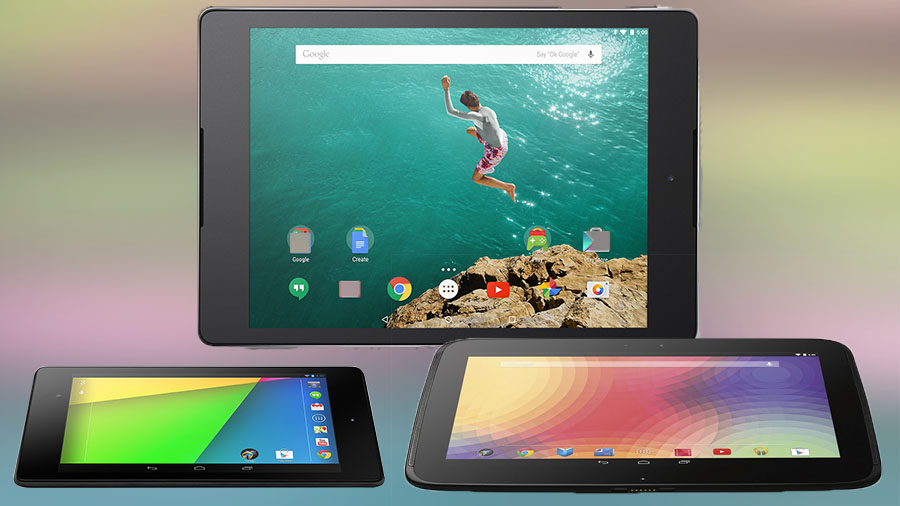
The rumors are true: Google and HTC have teamed up for the next generation of Nexus tablet, which falls conveniently between the sizes of earlier models, adopting the familiar 8.9-inch form factor that's been a staple of Apple's product line since 2010.
While it may be unfair to compare the Nexus 9 to an iPad Air, that's exactly what Google and HTC will be doing when the new tablet starts racking up pre-orders this Friday - but they'll also have a legion of mobile fans eager to get their hands on the sweet new flavor of Android 5.0 Lollipop as well.
To get a sense of how the forthcoming model fares against Google's earlier tablet offerings, we sat down and compared the Nexus 9 with last year's new Nexus 7 and the search giant's earlier attempt at a big-screen slate, the Nexus 10. Here's what we discovered.
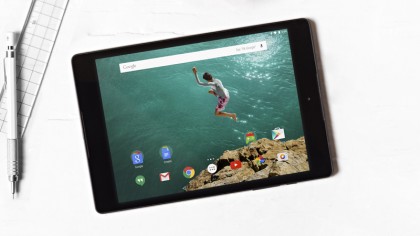
Screen
The big news for Nexus 9 buyers is that Google has adopted the more squarish form factor made popular by Apple's iPad, featuring an 8.9-inch QXGA IPS LCD display that packs 2048 x 1536 pixels into a 4:3 aspect ratio.
That's a distinct departure from the 7.02-inch, 1920 x 1200 IPS display found on the 2013 Nexus 7 manufactured by Asus, which made watching 1080p HD movies and TV shows a real pleasure thanks to its taller 16:9 aspect ratio and 323 ppi resolution.
The Nexus 9 also falls short of Samsung's big-screen Nexus 10, which featured a 10.055-inch diagonal WQXGA screen with a lower 300 ppi, despite the increased 2560 x 1600 pixel resolution.
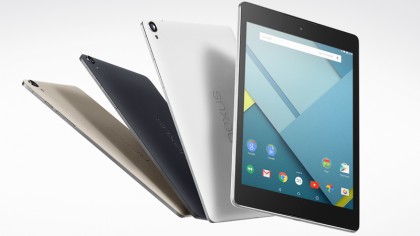
Design
There aren't a whole lot of ways tablet devices can differentiate themselves from one another, but HTC has come up with a few interesting design choices for the Nexus 9, including a thin bezel with brushed metal sides and a soft grip back offered in a trio of eye-pleasing colors (Indigo Black, Lunar White and Sand).
Sign up for breaking news, reviews, opinion, top tech deals, and more.
Last year's Nexus 7 looks quite modest by comparison, with a nearly pocketable 114 x 200 x 8.65 mm frame weighing only 290 grams in black or white; both models feature a thicker bezel at the top and bottom, although the Nexus 7 remains the more unsightly of the duo.
Speaking of bezel, there's plenty to be found on the Nexus 10, a somewhat unsightly beast of a tablet with its 263.9 x 177.6 x 8.9 mm frame that tips the scales at 603 grams versus the Nexus 9's positively svelte 153.68 x 228.25 x 7.95 mm, which weighs a mere 425 grams with Wi-Fi only or 436 grams with LTE cellular radios added.
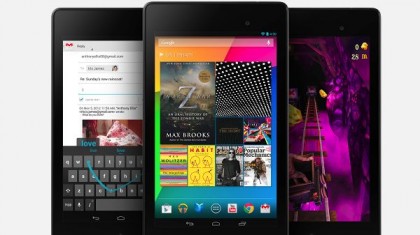
Processor
Nexus 9 isn't just making headlines for its good looks: HTC also plans to make a splash with the first 64-bit processor to be found inside a Nexus-branded device (take that, Nexus 6), courtesy of a Nvidia Tegra K1 Dual Denver processor clocked at 2.3GHz with a 192-core Kepler GPU thrown in for good measure.
That kind of onboard power is likely to run circles around last year's Nexus 7, whose quad-core, 1.5GHz Qualcomm Snapdragon S4 Pro and 400MHz Adreno 320 GPU seem downright quaint by today's standards.
There's also CPU power to spare when compared to the dual-core ARM Cortex-A15 Exynos 5 Dual that keeps the Nexus 10 humming - which is no match for the raw 64-bit power of the Nexus 9, especially with a decidedly meager Mali-T604 GPU on the larger device.
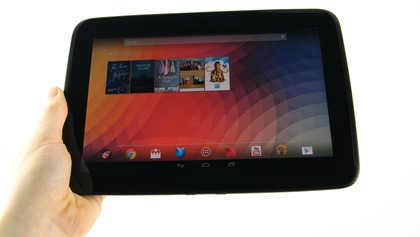
Battery
By sheer size alone, the Nexus 10 (shown above) trumps all contenders with an absolutely mammoth 9000 mAh Lithium polymer battery, although the 6700 mAh pack powering the Nexus 9 rises to the challenge anyway.
Google and HTC are touting up to 30 days of Wi-Fi or LTE standby time with the Nexus 9, and up to 9.5 hours of video playback or Wi-Fi web browsing (shave off an hour for browsing over LTE, however).
Still, the Nexus 7 2013 also boasted up to 9 hours of "active use" from a mere 3950 mAh battery, and even managed to include Qi-compatible wireless charging for good measure - a feature neither the 9 or 10 can muster.